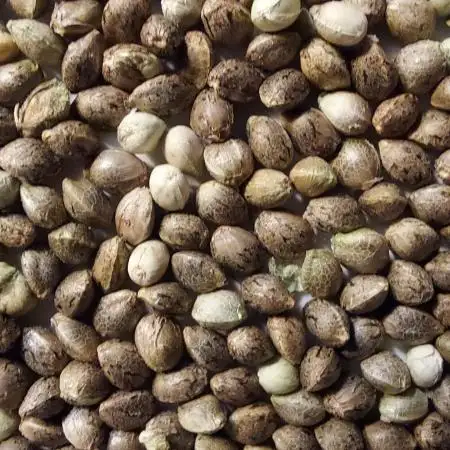The Grow Awards 2026 🏆
hanging height
00110001001001111Oanswered grow question 1y ago
A well designed light's hanging distance will simply be about geometry... how the light spreads out. You want to maximize average umol/s while minimizing variance between central areas directly under light and the areas along edges and in corners. You don't want to sacrifice overall average unless the light is significantly overpowered for the area, at which point it can be helpful but wasteful with watts.
Whether in vegetative of bloom phase shouldn't matter, but if you don't have a dimmer for the light, you are forced to use hanging distance to change the amount of light received by the plant per day ("Daily Light Integral" or DLI). Light spreads out according to inverse square law, so a huge impact can occur with only a minor change in hanging distance. A light meter app can help with this.
how intense the light needs to be depends on hours of operation. When working with photoperiods you work backward from a 12hour operation cycle needs. This should be "100%" (not necessarily 100% power on light) or whatever provides the most DLI without damage. Over 18hours, you simply keep the light at same distance (which was based on geometry for best distribution of light) and dim it 67%. It is inversely proportional to hours of operation, if you don't use 18/6 and 12/12.
Easy peasy.
read wiki on DLI to get the gist of it. Without any background knowledge, people have very odd and false perceptions of what light is, which is understandable because it is beyond the resolution of our senses.
likes
Complain
LetsGrowSomeanswered grow question 1y ago
You're aiming for about 400 par for veg and working your way up to 600 par by the end of veg. 600 par for 18hrs is about 38 DLI. Manufacturers chart shows 30in with veg light only is a little over 400 par. So start with 30 and see how the plant reacts. If it starts to stretch and between leaves seems too far, lower the light a couple inches and monitor. You're gonna have to play with it to find the sweet spot.
Best of luck, Happy Growing!
likes
Complain
m0useanswered grow question 1y ago
That's an older style light with blue purple spectrum. Its a bit out dated and not the best but it will work.
I would use that thing with veg+bloom on all the time and then dim it down if it has the option. If not just adjust the hang height. Its all about DLI you want around 35. 40 is upper max for most home growers. Google about DLI and familiarize yourself with it. If you have the option to get a diffrent light I would though.
www.youtube.com/watch
This is a good link to watch and goes over a lot of things.
Good Luck!
1 like
Complain




